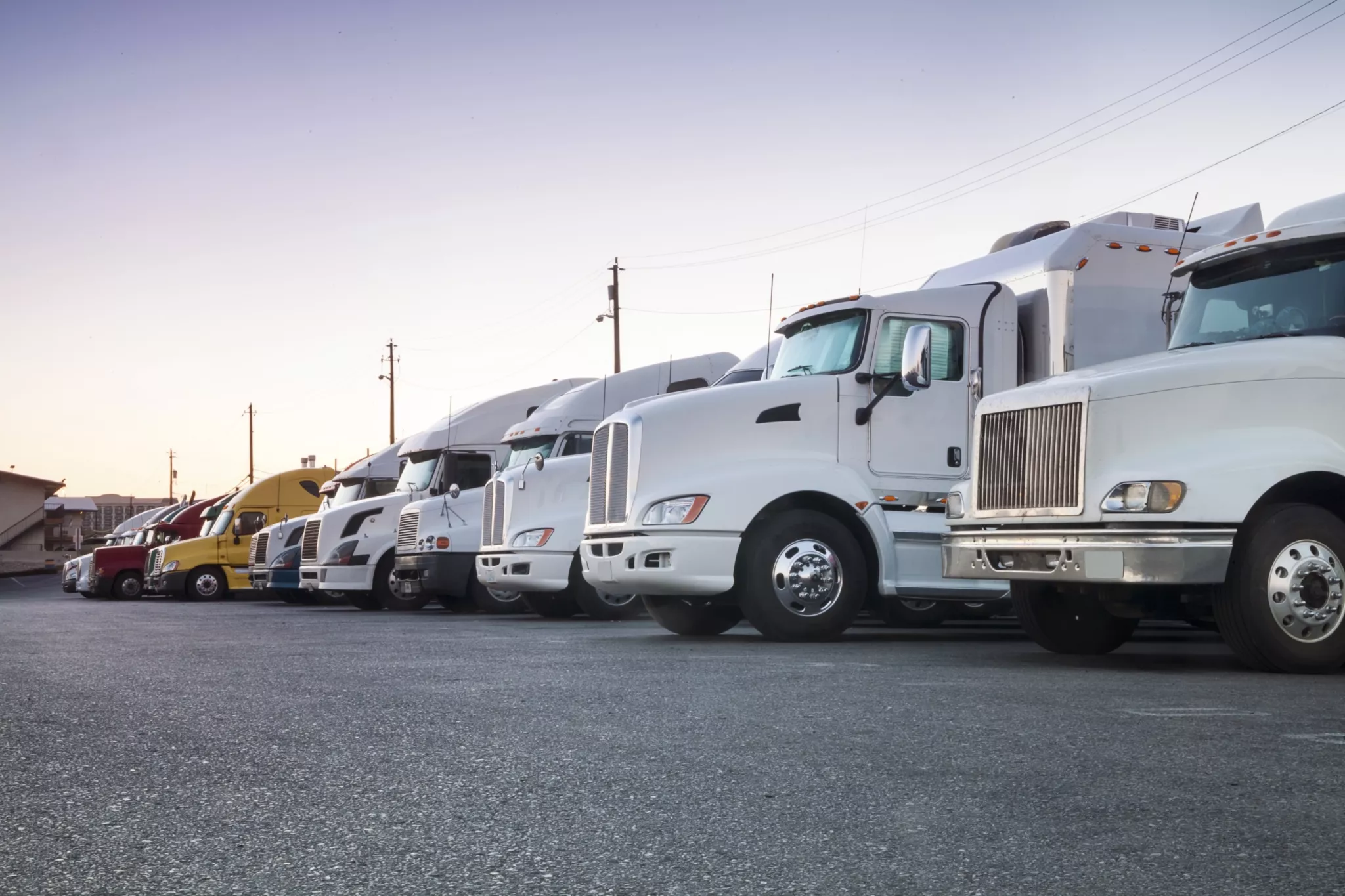A multifunctional stack trailer offers the capability to transport a diverse range of goods. With this indispensable tool, your business gains the flexibility to move anything from household essentials to food and beverage items, and everything in between. When pallet loads are securely packed and shipped using a dry van trailer, it not only ensures the safe transit of goods but also proves to be a cost-effective solution for dry van loads.

Regardless of the nature or volume of your cargo, the efficiency of your dry van freight transportation ultimately hinges on meticulous planning and understanding dry van logistics. This article delves into the capacity of a 53-foot trailer in terms of pallets and provides insights on how to optimize your dry van freight shipment for seamless execution, considering dry van size and dry van height.
What Are the Dimensions of a 53 Foot Trailer?
What sizes are commonly used for trailers, in the shipping industry? While some companies choose to use 48 foot trailers most prefer the 53 foot option for loading pallets onto trucks. These 53 foot trailers are ideal for carrying a number of pallets. Are frequently seen on American highways.
To determine the dimensions of these trailers it’s important to consider the factors;
Height; The maximum cargo height for a trailer of this size typically ranges from 108 to 110 inches, which is equivalent to nine to nine feet two inches. A height of 108 inches commonly observed.
Width; The total cargo width capacity usually falls between 98 and 100 inches or eight feet two inches to eight feet four inches. One hundred inches is the width measurement.
Length; The maximum length extends up to 53 feet, which equals 636 inches.
Weight; The weight capacity generally ranges from 42,000, to 45,000 pounds. Can vary based on the trailer and goods being transported.
It’s important to note that items exceeding these dimensions cannot be shipped as they may not fit securely on a truck bed.If your items go beyond these limits please reach out to us for information, on shipping options, for loads using truckload freight services.
Loading Pallets: Four Methods for Utilizing a 53-Foot Trailer
The demand for dry van trailer space and semi-trailer pallet capacity has surged significantly in recent years, yet the supply hasn’t kept pace. Without proper pallet loading and shipment planning, there’s a risk of overpaying. Securing an appropriate dry van that meets your requirements is challenging and isn’t expected to ease anytime soon.
However, there are several tactics you can employ to optimize the available space on a trailer, primarily revolving around various pallet loading methods. The effectiveness of these strategies depends on the size and weight of the pallets utilized. Let’s explore these tactics further.
Straight Pallet Load
The number of pallets that can be directly accommodated in a 53-foot trailer depends on whether you’ll be using standard-sized pallets. In such cases, employing a straight loading pattern is advisable, which is the most prevalent method for maximizing trailer space. With this approach, goods are loaded directly into the trailer, with ample space left for securing the pallets.
The primary advantage of utilizing a straight pallet loading pattern is its efficiency—it’s the quickest method compared to other techniques. Moreover, depending on the length of each pallet, a substantial number of pallets can be loaded simultaneously for high-volume shipments. However, a potential drawback of the straight pallet load is that there’s a higher likelihood of pallet movement during transit.

Turned Load for 53 Foot Trailer
When loading non-standard sized pallets, employing a turned pattern is recommended for freight loading. By arranging pallets in a manner where the longest side maximizes available space, you can potentially achieve a higher volume of deliveries.
The primary advantage of turning pallets lengthwise is the reduction of shifting during transit, thereby ensuring the security of the goods. However, it’s crucial to ensure safe unloading from each side when adopting this approach.
Pinwheel Load
When you’re looking to fit a lot of items into your shipment it’s an idea to use a pinwheel pallet pattern. This method lets you pack in pallets as possible making the most of the trailers width and length. Additionally arranging the pallets, in this pattern helps improve stability during transit. However, it’s important to note that setting up pinwheel pallets can be time-consuming, making it impractical for shipments with short notice.
Weight Distribution Freight Load
Legally, shipping a load exceeding 80,000 pounds on a semi-tractor and trailer is prohibited. While this weight capacity may seem substantial, it encompasses the weight of both machinery and pallets.
Typically, a semi-tractor weighs between 18,000 and 21,000 pounds, while a dry van trailer adds an additional 15,000 pounds. Consequently, there’s limited room for additional semi-trailer pallet capacity. After deducting these weights, approximately 44,000 to 47,000 pounds remain for palletized goods.
It’s essential to note that placing the entire 47,000 pounds on the rear axles of a trailer is unsafe and hampers truck maneuverability. Single axle dry vans can support about 20,000 pounds above the axle, while tandem-axle trailers have a capacity of 34,000 pounds. Depending on factors like the number of axles, spacing between them, and tire width, weight distribution will vary.
Ultimately, for heavy palletized freight loads, the number of pallets that can be hauled is often limited due to spacing constraints.
What is the Maximum Number of Standard Size Pallets that can Fit in a 53-Foot Trailer?
The number of pallets that can be accommodated on a 53 ft dry van trailer varies depending on the pallet sizes utilized. Dry vans commonly transport a wide array of palletized loads, resulting in inconsistent pallet lengths for freight shipping. However, let’s examine this scenario using the most prevalent pallet size.
The Grocery Manufacturers Association Pallet (GMA) is the most commonly used pallet, measuring 43 inches in length by 40 inches in width. Designed to meet food industry standards, these pallets are engineered to withstand dry van conditions. When loaded in a straight pattern, you can fit 26 of these pallets across the floor of a dry van trailer.
For pinwheel or turned pattern configurations, the total number of pallets accommodated can range from 28 to 30, providing additional space within the trailer compared to a straight loading pattern.
Before shipment, it’s crucial to have a pallet loading diagram prepared to minimize expenses and ensure safe maximization of load capacity.
Conclusion
Efficiently utilizing your dry van space is essential for a successful delivery, and thorough preparation is key, especially when considering dry load trucking. Safely and efficiently loading your products will ensure a smooth transport process. It’s important to plan your pallet diagram well in advance to arrange your pallets in the most optimal pattern, considering types of dry van trailers. Keep in mind that while a pinwheel pattern maximizes space, it also requires more time to load.
For assured pallet load efficiency and to understand how much weight can a dry van haul, trust in our dependable dry van dispatching services. Partnering with Logity Dispatch, a reliable dispatching partner, ensures that owner-operators find the high-rated loads that suit their needs. Contact us today to receive the best loads for your dry van shipping needs.







